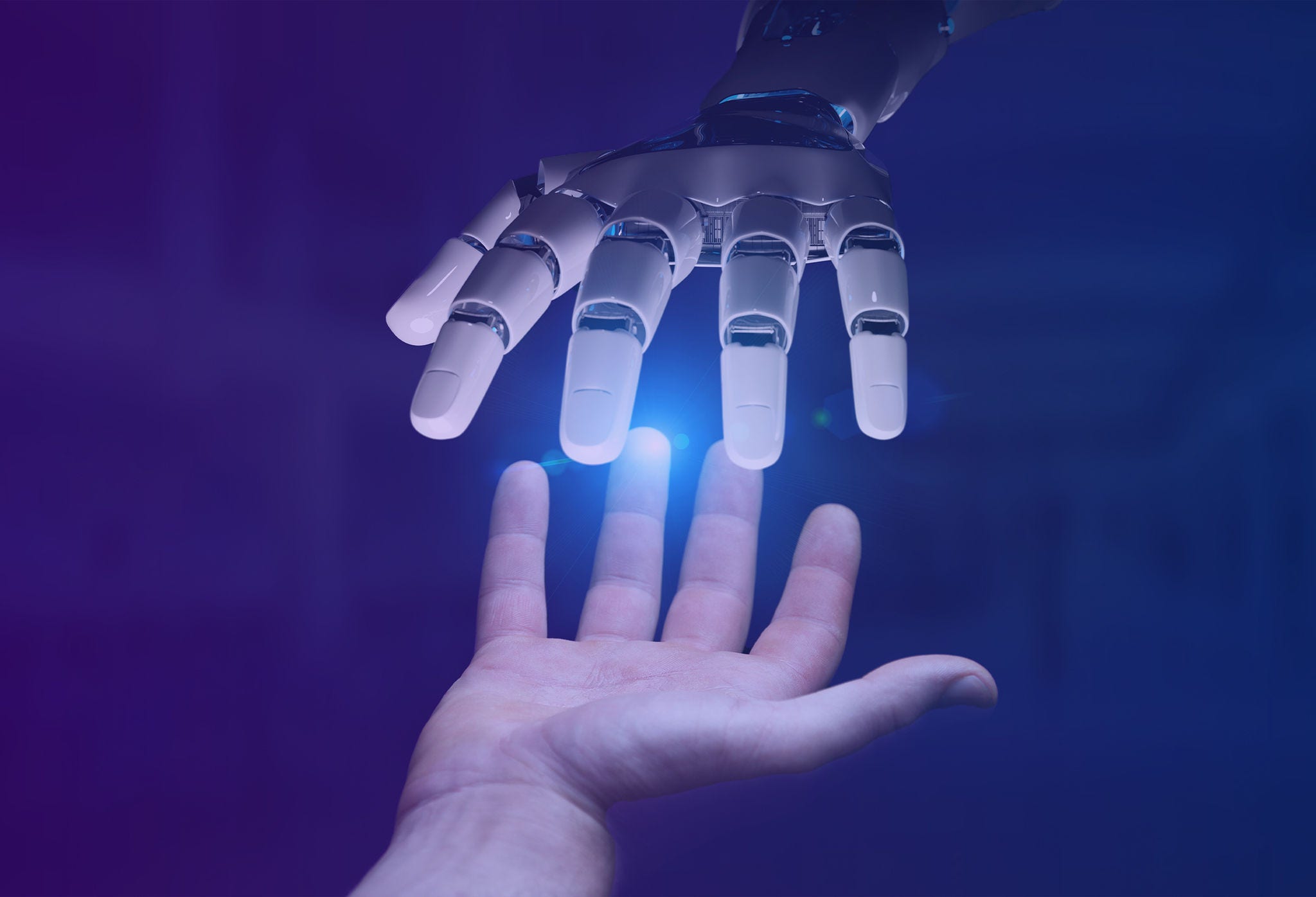At CoP28, global leaders agreed on the goal of scaling clean energy rapidly in the near term. Specifically, the CoP28 declaration called for actions towards achieving a tripling of renewable energy capacity and doubling energy efficiency improvements by 2030. The UNFCCC also noted that the “CoP28 Agreement signalled the beginning of the end of the fossil fuel era”. These are worthy goals, but, in reality, the transition is proving hard to achieve. Data for 2023 from the EI Statistical Review of World Energy 2024 clearly demonstrates that despite unprecedented growth in renewables in the past decade, the share of fossil fuels has hardly been dented.
Asia is home to more than half the world’s population. It is now responsible for over half of the global primary energy consumption. The energy growth curve has been steep. Asia’s share in primary energy consumption grew from 28.8 per cent in 1991 to 53.5 per cent by 2021. The region is now the leading contributor to annual greenhouse gas emissions, with a 51 per cent share in global carbon emissions. This trend is likely to continue. Within Asia, India is a major hotspot of economic growth. Unfortunately, this growth hitherto has been heavily reliant on fossil fuels. As the country seeks to scale up its economy in the direction of being a developed nation, it must also modernise and decarbonise its mammoth energy system that will only grow rapidly in line with economic growth metrics.
It is in this context that AI is of vital importance. Modern-day AI is transformational and influences much of modern scientific activity. It touches every aspect, from materials, equipment design, production, supply chain, project design, development and construction, to operations and more. Be it for the creation of new/essential drug molecules that are significantly cheaper than what is currently available, crop sciences, or advanced weather forecasting mechanisms that help protect people and their livelihoods, AI applications are pervasive.
AI’s contribution to the energy transition thus far has been restricted to specific and niche use cases, some of which are highly specialised. With the advent of Generative AI (GenAI), new possibilities have started to emerge. On the supply side, the renewables sector is increasingly integrating AI/GenAI for enhanced efficiency, optimisation and sustainability for far-reaching effects. The complexities of renewable energy production make the sector ideal for AI and GenAI applications. The machine learning and data processing capabilities are key to enhancing the efficiency and reliability of renewable energy systems. From predicting optimal times for energy production to optimising grid distribution and managing energy demand, AI/GenAI tools provide significant advantages over traditional management methods.



